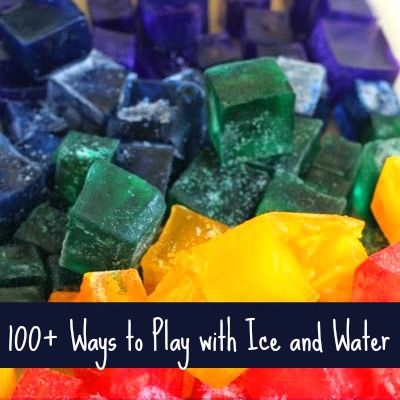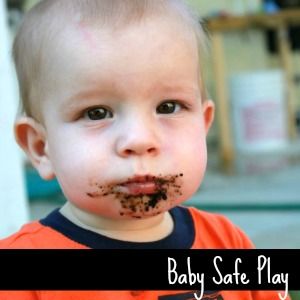Observing Convection - Weather for Kids
I've had a to do list of weather experiments for kids on my computer for quite some time now. My boys loved when I demonstrated lightening and rain, so I knew they would love learning more about weather with hands on experiments. We don't get a lot of storms around here, but when we do my kids are enthralled. I'm not going to lie, I'm a bit enthralled as well! The first experiment we did was create convection currents.
How to Make Convection Currents
This post contains affiliate links. Here is my full disclosure policy.
Supplies:
- blue ice cubes (made by adding a few drops of food coloring to the ice tray before freezing)
- red food coloring
- plastic container
- water
Directions: Fill up the contain with water about half way. Let the water sit until it is completely still. Gently add a couple ice cubes to one side of the bin. Add a few drops of food coloring to the other side. Be very careful not to disturb the bin of water. JZ (6) added the ice and food coloring, and I instructed him to avoid bumping into the table or bin.
We carefully observed the bin.
It didn't take long for the red coloring to rise and for the blue to push down to the bottom of the bin. It was incredible watching the blue go straight down to the bottom of the bin as if being pulled.
Water is flowing from one position to another, and heat is being transferred.
Convection is occurring in the container!
What do convection currents have to do with the weather? The red water represents a warm air mass, and the blue water represents a cold air mass. A thunderstorm is caused by unstable air. A body of warm air is forced to rise by an approaching cold front forming a strong, persistent updraft of warm moist air. The approaching cold front helps build the updraft into a cumulus cloud. When the warm air rises and meets the cold air, it condenses, releasing latent heat. The heat helps fuel the thunderstorm.
The view from the top of the bin was cool, too, although it didn't demonstrate the cold and warm layers formed by the convection currents.
For more weather science for kids follow me on Pinterest.
More weather science for kids:


.jpg)
.JPG)
.JPG)
.JPG)
.JPG)
.JPG)
.JPG)
.JPG)
.JPG)
.jpg)
.jpg)
.jpg)
.jpg)
.JPG)























love finding neat science ideas. Thanks for sharing. I pinned this post.
ReplyDeleteThis looks a good fun practical way to show kids science - thank you for sharing.
ReplyDeleteThank you for sharing. can't wait to do this - with my kids...
ReplyDeleteI've done this experiment in the past using four cups of water underneath the bin. Two cups of cold water on one end and two cups of "hot" water on the other end. The food coloring drops are added to the appropriate temperature end of the bin. The students are mesmerized by the swirling currents. I look forward to trying your method with the blue ice cubes. Thanks for sharing.
ReplyDeleteHi if we take a small styrofoam piece(around 4 inch square) will it work. Mine is not working.
ReplyDeleteThanks Allison for sharing this! What a fun way to teach weather currents... I am going to share this on my Children's Corner post this week, thank you!
ReplyDeleteMarissa @ Reading List